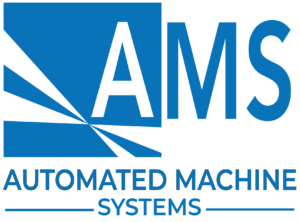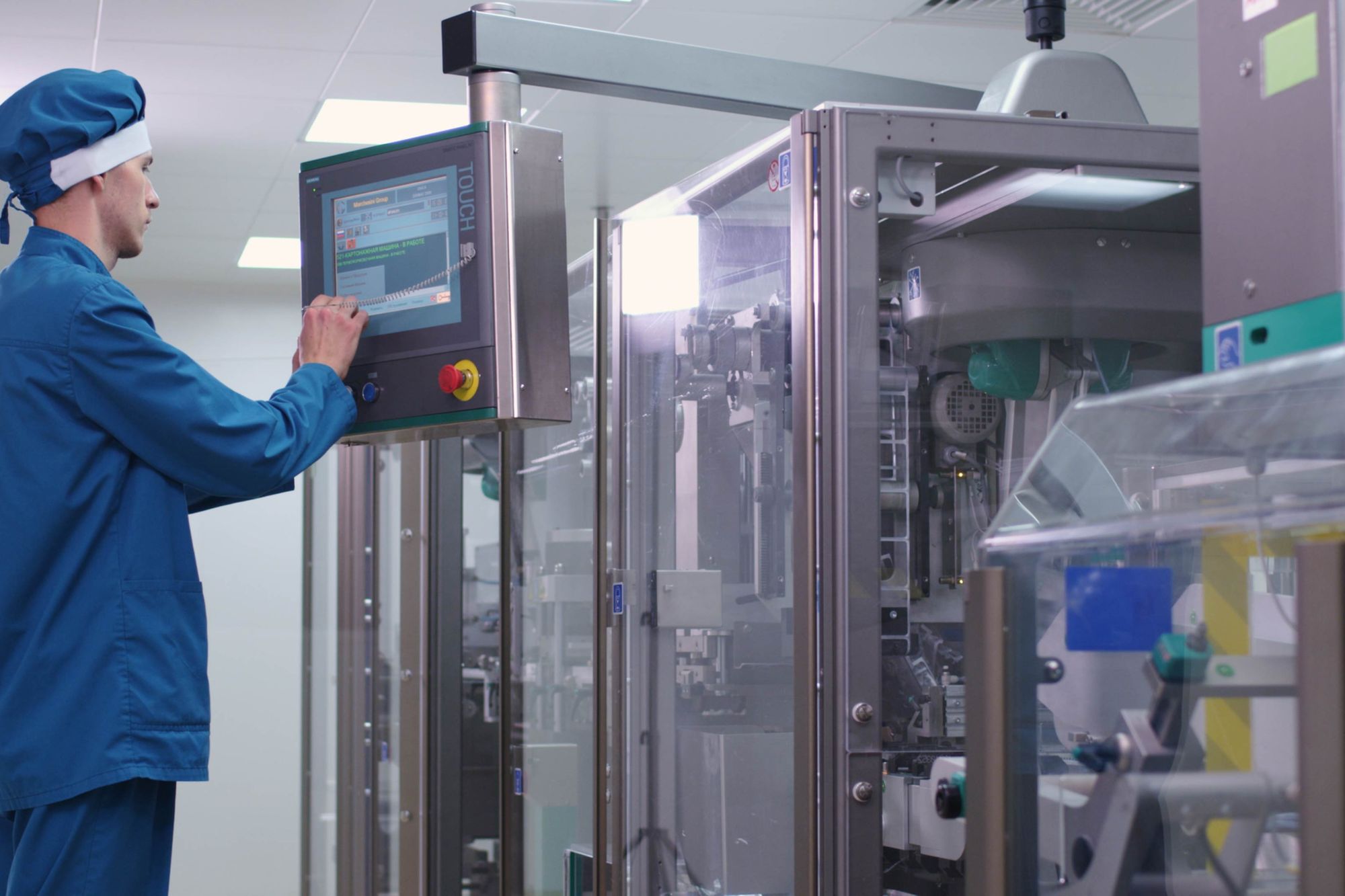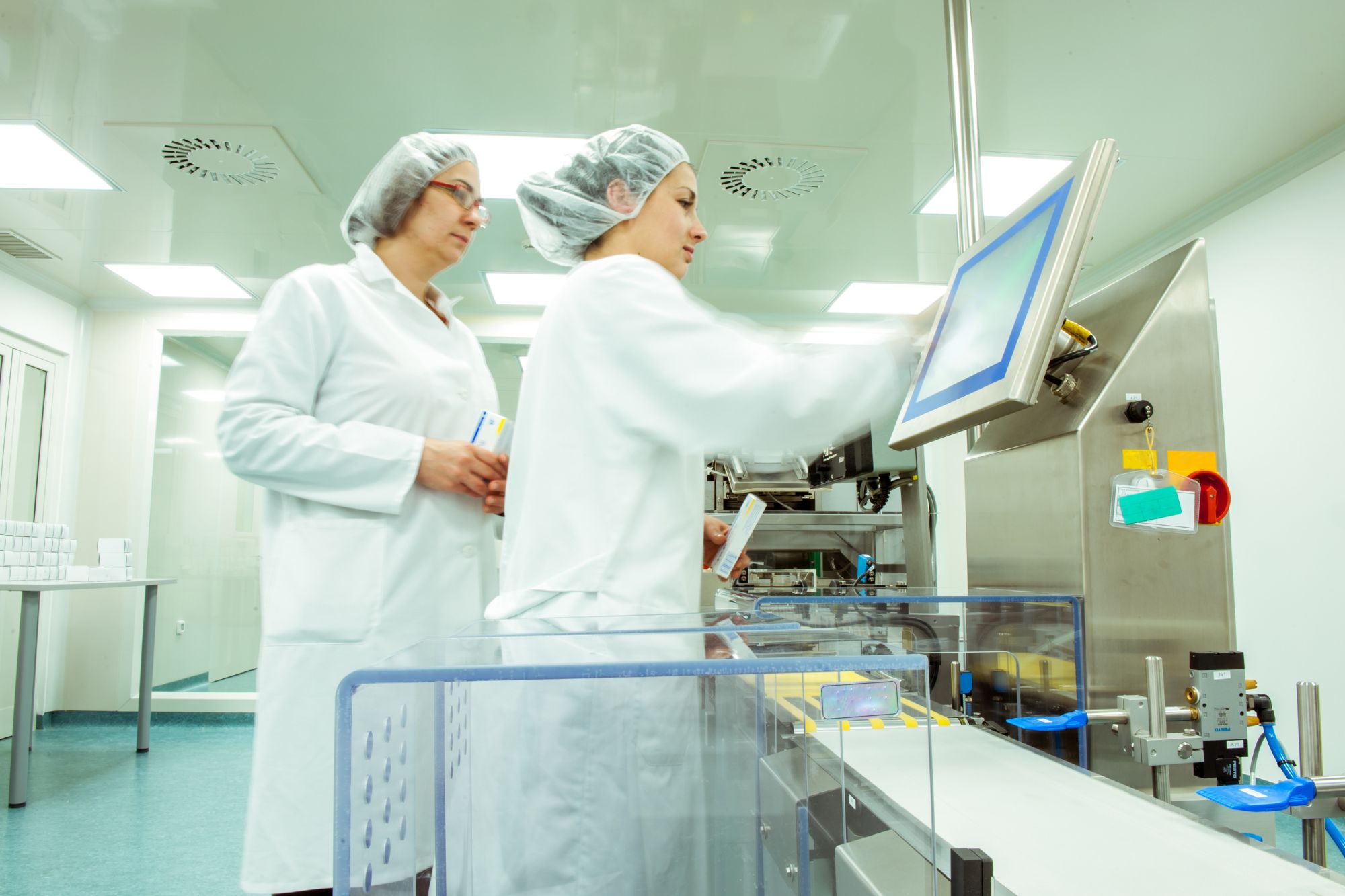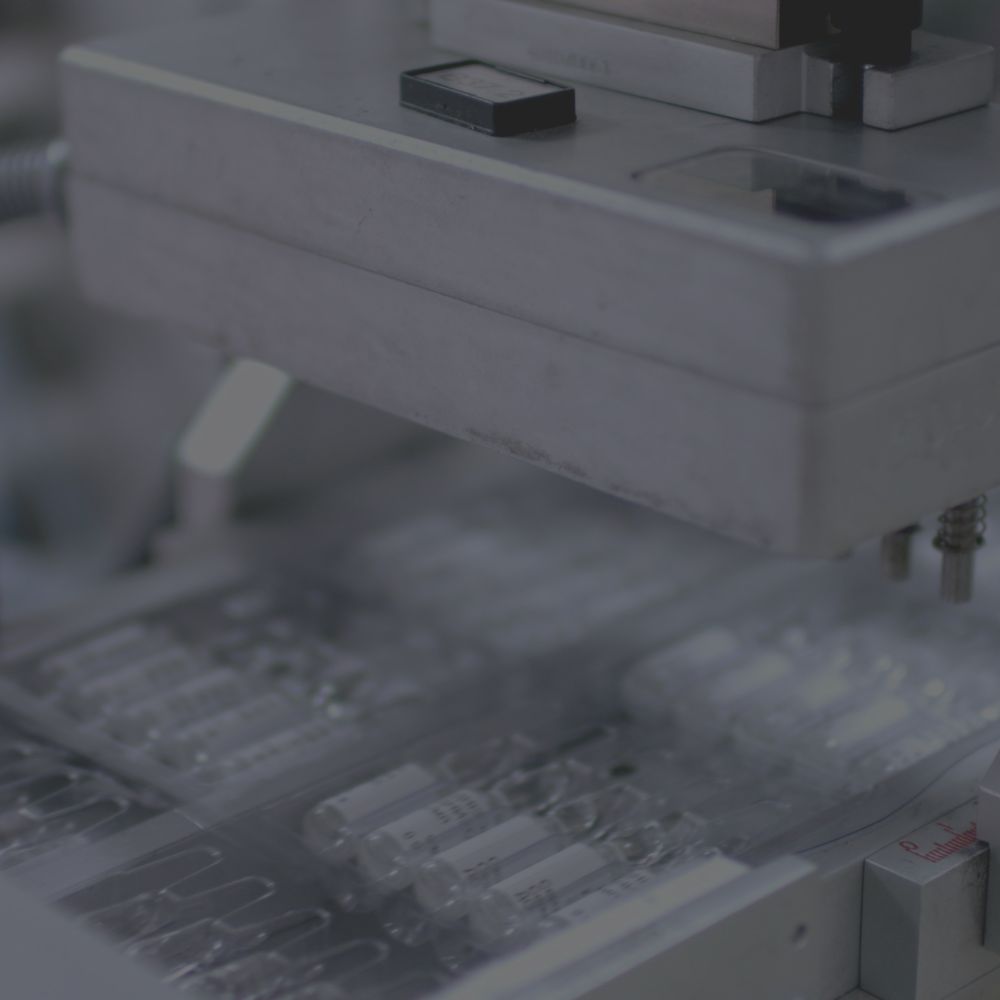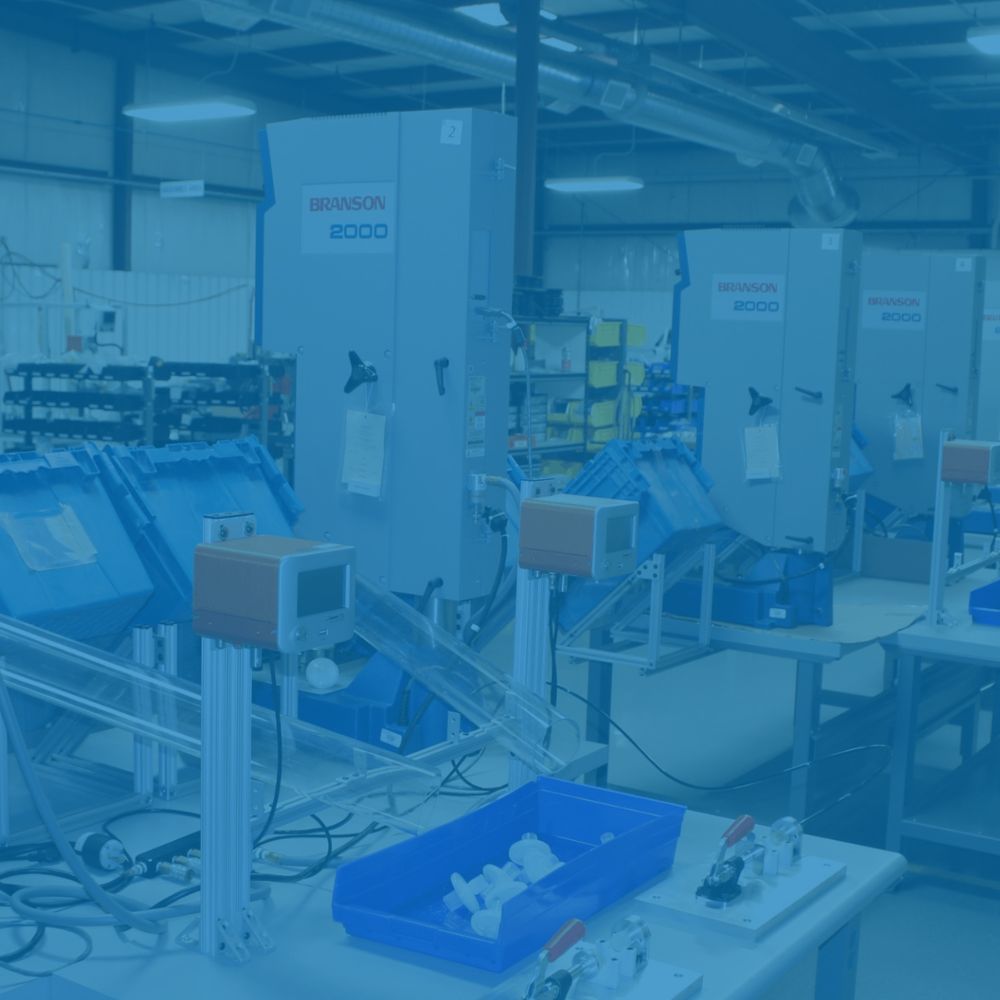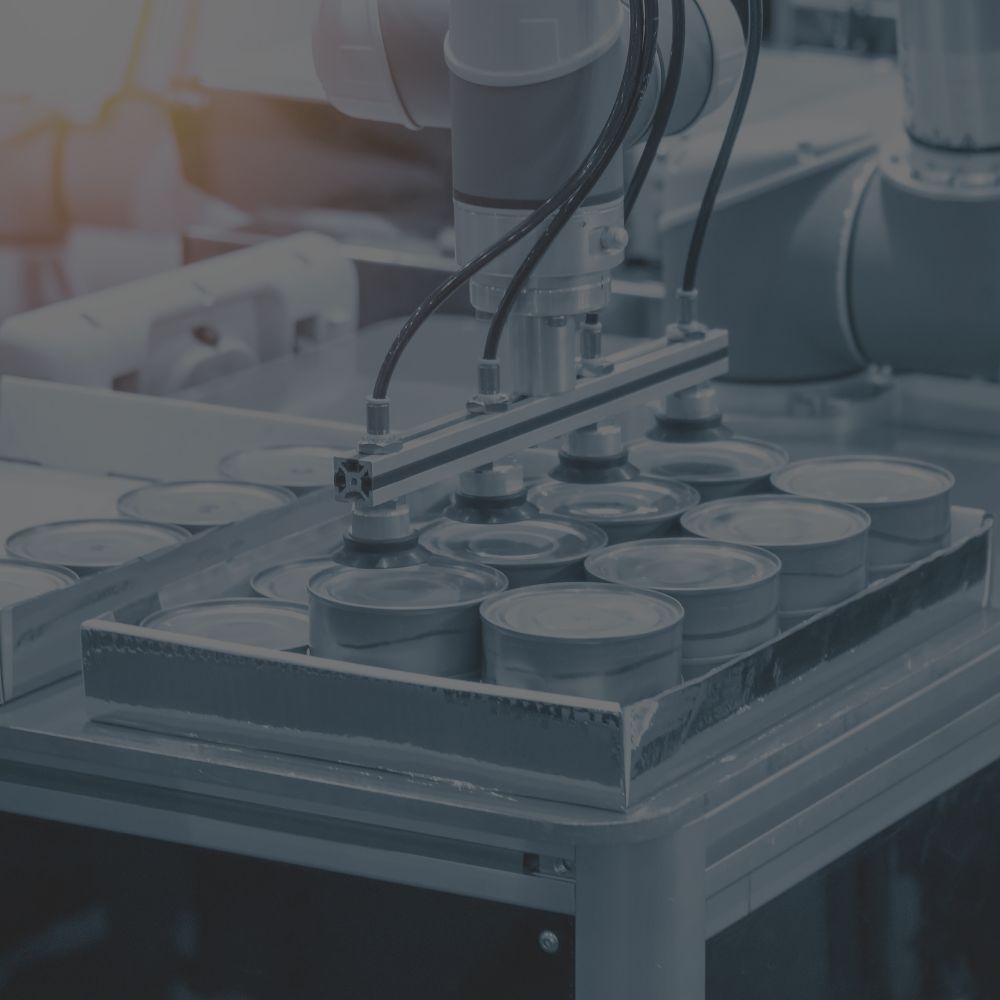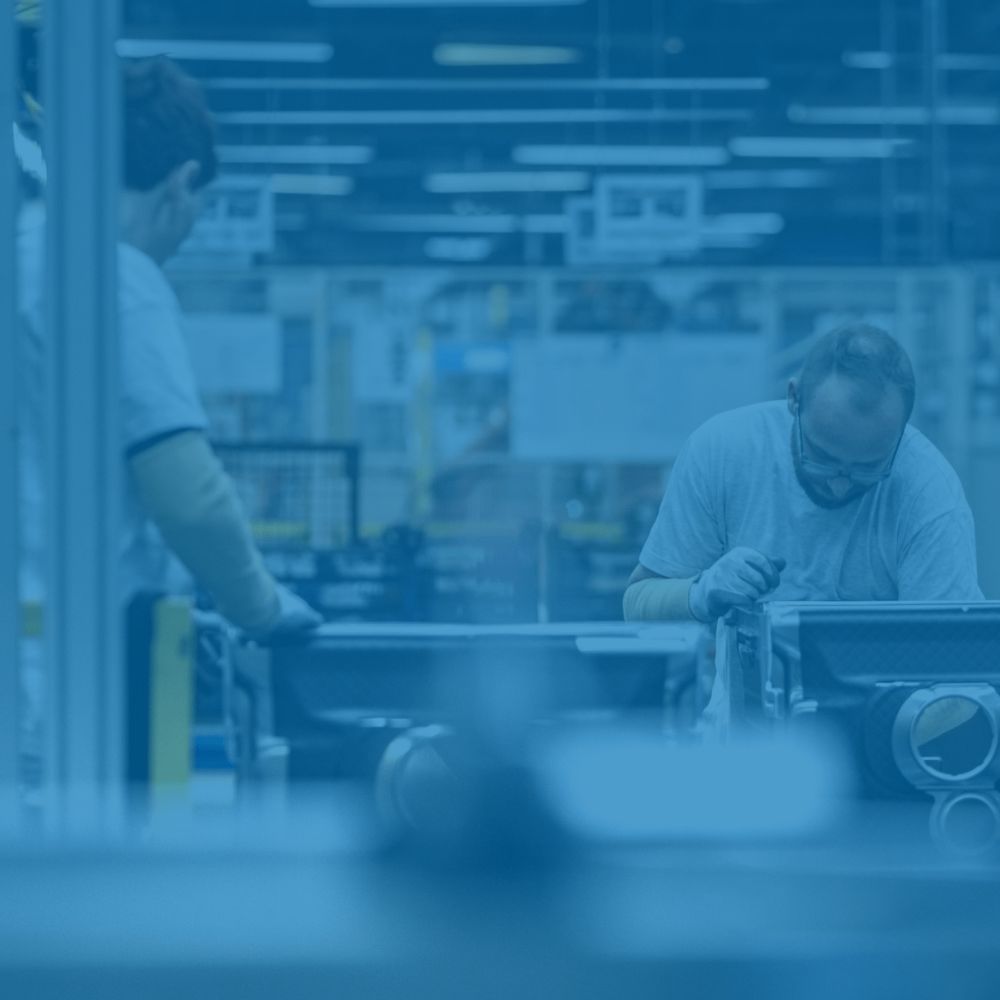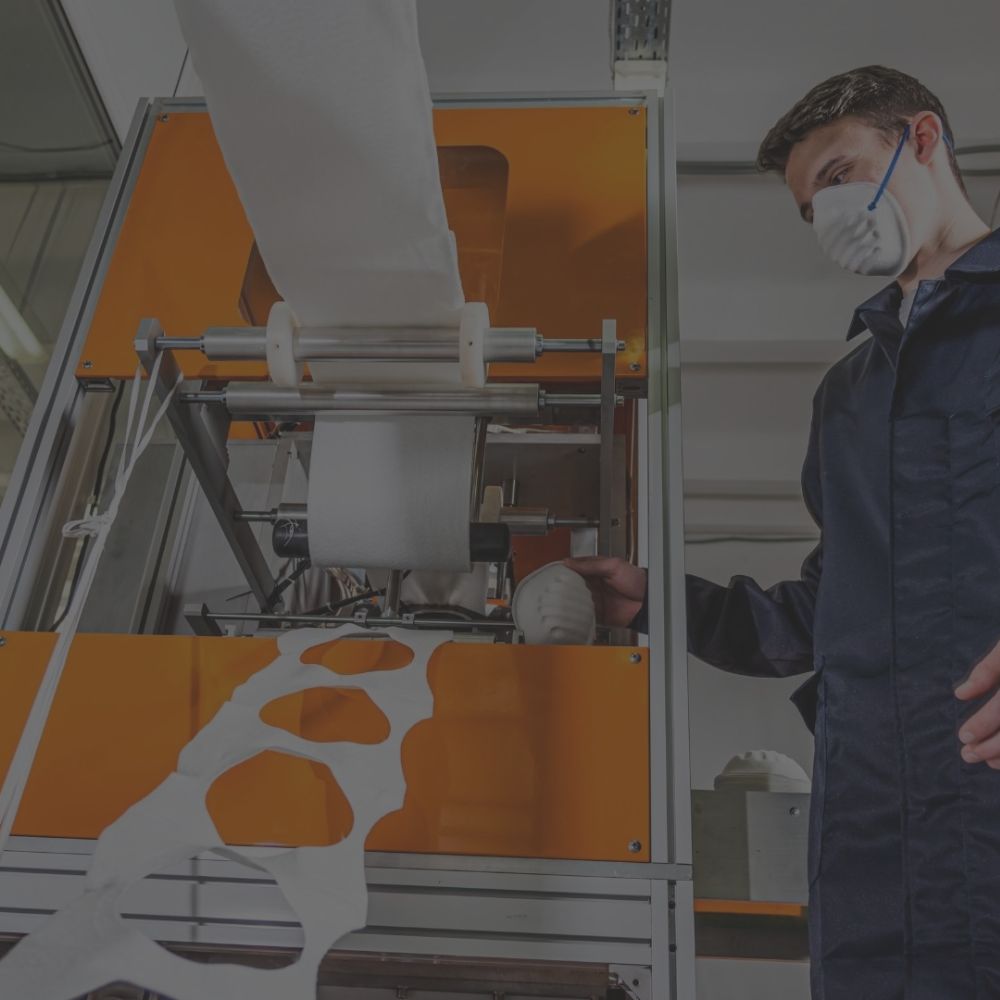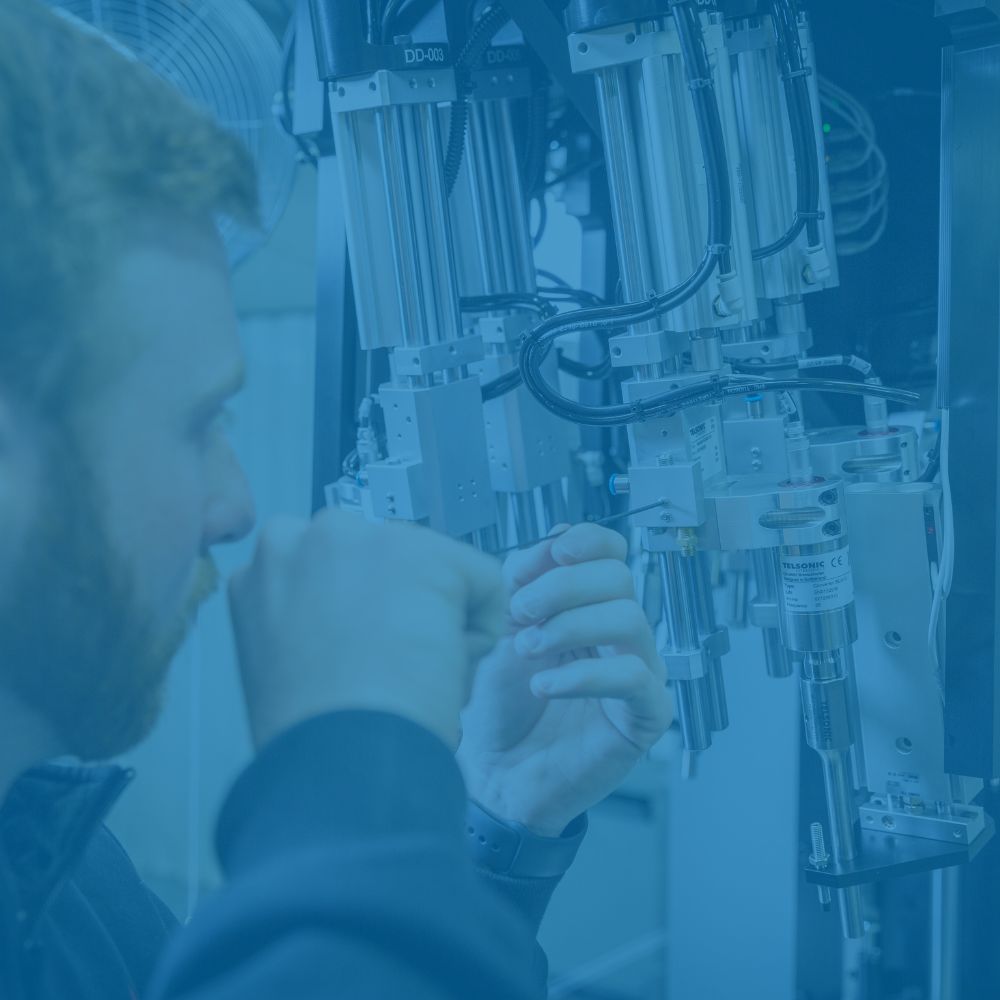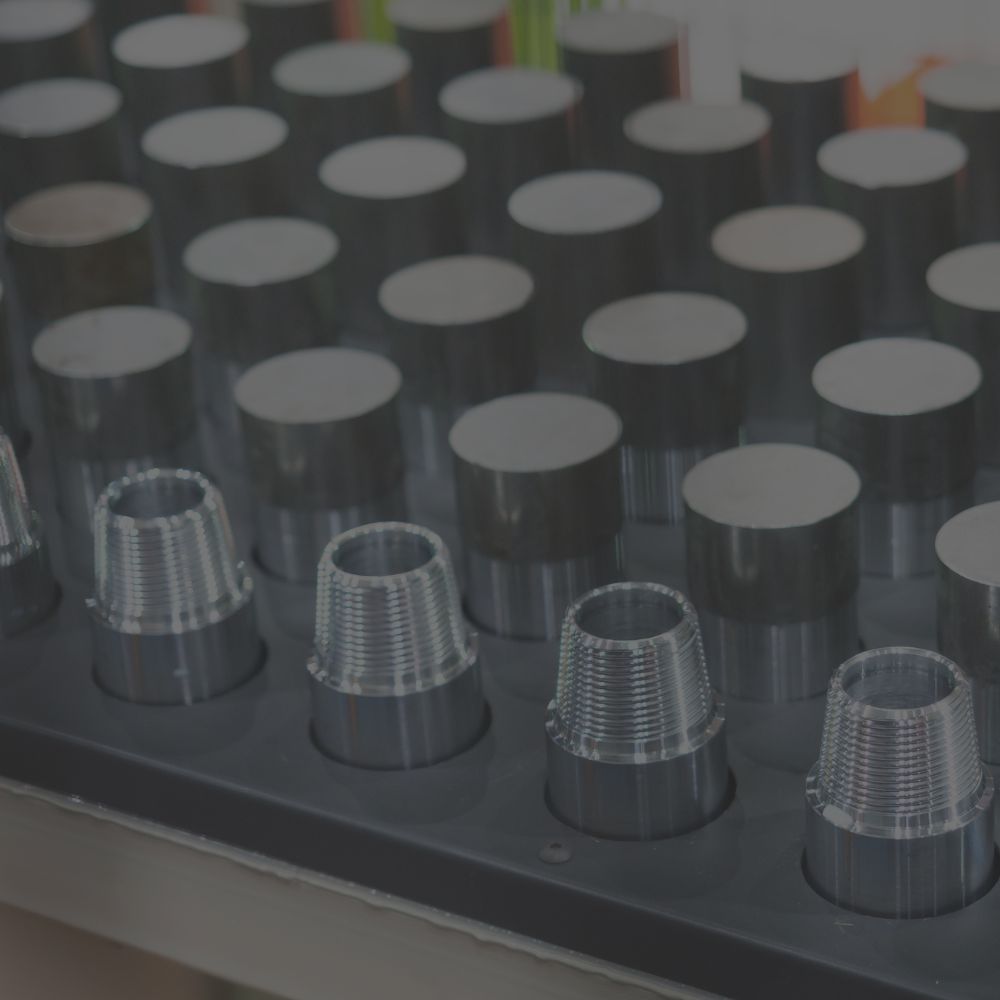Decades of experience in a range of industries
Proven processes for smooth delivery
Engineering and design expertise
Manufacturing Technologies for Pharma Automation
Automating Processes
In the United States, pharmaceutical device manufacturing is governed by the federal Food and Drug Administration (FDA), which issues and enforces technical industry standards that all manufacturers must comply with. At the core of these standards are Current Good Manufacturing Practices (cGMPs), which are specific regulations that set minimum requirements for the methods, facilities and controls used in manufacturing, processing and packing of a drug product.
cGMP requirements also extend to pharmaceutical devices, as no drug product can be considered safe if it was not made or handled with devices that also meet the same stringent expectations.
In practice, automated solutions are essential tools that manufacturers employ to meet cGMP requirements such as:
A major part of cGMP requirements centers on a manufacturer’s quality assurance and quality control programs, setting the expectation that quality parameters are established, measured and enforced throughout a manufacturing operation. In turn, pharma automation companies provide software and integrated hardware systems that directly connect and enforce QC parameters at the machine level.
Automated fabrication methods further remove humans and contamination potential from the equation, employing hygienic mechanized tool processes in place of manual operations. For example, AMS’ PJ-401 Plastic Joining System is widely used in pharmaceutical device manufacturing for single or multi-process fabrication needs, offering ultrasonic welding, fusion welding, heat staking, spin welding, spot welding and even textile welding.
Using online instrumentation, real-time process controls, fail-over safety logic, and automated robotics all help remove variables (especially human variables) and mitigate risks from pharmaceutical device manufacturing to ensure patient safety.
Traceability solutions provide complete visibility into a product’s history by storing digital records at key touchpoints through the supply chain. Traceability records are critical to ensure the purity and authenticity of raw materials, as well as in rapidly identifying and isolating potentially suspect products.
Integrated inspection, testing, evaluation and validation systems can further automate final production and quality release steps in a pharmaceutical device manufacturing operation. For example, AMS’ LT-401 Leak Testing System serves many drug container and applicator products by performing all types of quality control leak testing, including pressure decay, vacuum decay, mass spectrometry and bubble test methods.
